Backlog Review | Psikyo Shooting Stars Bravo
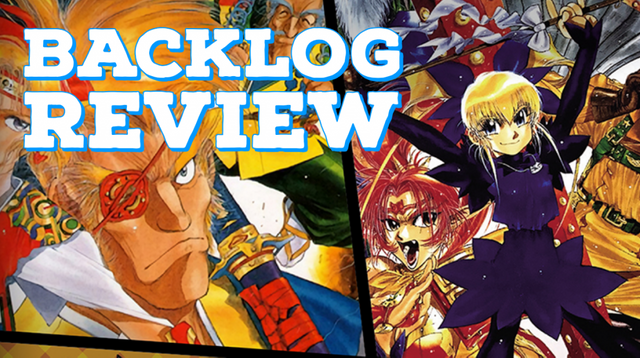
We’re back with another stellar ninja and magical girl filled shoot em up collection from NIS America, Psikyo Shooting Stars Bravo!
Thank the Gunlord
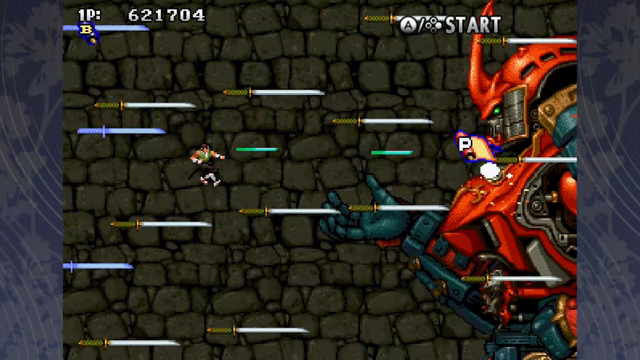
Last time on Psikyo Shooting Stars, we got to take an expansive look at the famed shoot em up wizards Psikyo and many of their titles ranging from Psikyo’s very early days to just before they closed their doors. Games like Strikers 1945 showcased Psikyo’s ability to produce a simple but quality shoot em up, while Dragon Blaze and Sol Divide demonstrated their willingness to throw a fantasy themed wrench in the formula to mix things up. And in my opinion to great effect!
Now we’re back with what I think may just be the definitive Psikyo collection, or at least the one that has some of the best titles in their repertoire, Psikyo Shooting Stars Bravo from NIS America! And with it, we’ll get everything from their breakout title, to an actual breakout style game, to a shmup that’s Psikyo only in name.
Just My R-Type
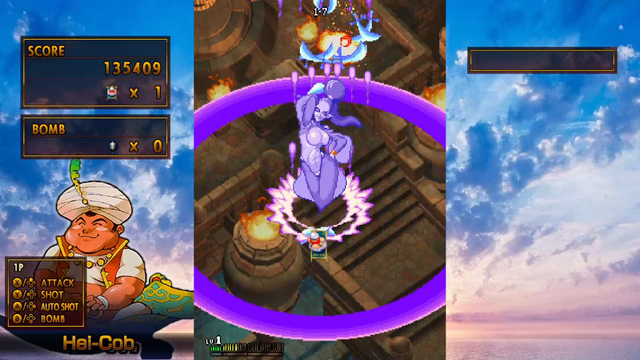
Honestly, one of the most fascinating things about Psikyo as a developer was how they evolved from creating cookie cutter shoot em ups (Samurai Aces being an exception), to creating some of the most unique and charming shooters out there come the mid to late 90’s. But as Y2K approached and just before Psikyo was no more, that polish and charm started to fade.
My best guess, is that it was probably due to the acquisition of Psikyo in 2002 by X-Nauts that eventually led to their disbandment. And although games released under the Psikyo name were still being released as late as of 2017, they weren’t actually developed by the original Psikyo team and were instead outsourced to other developers. And that’s truly unfortunate. In fact, one of those games, Sengoku Cannon, is actually found in this collection!
Jets’ n’ Guns n’ Bears Oh My
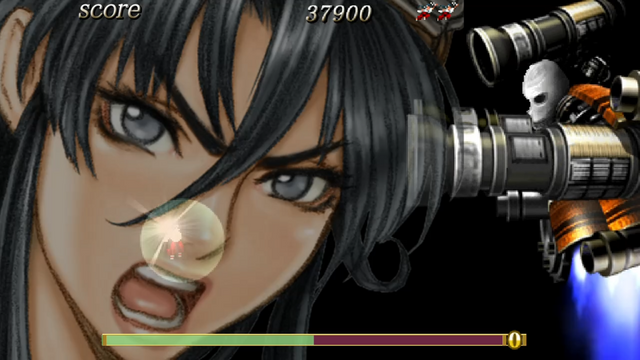
In the Psikyo Shooting Stars Bravo collection, you really have three distinct groups of games. The Sengoku shmups, which include Samurai Aces and Tangai. The Gunbird shooters, which include Gunbird 1 and 2. And finally the “sorta related to those other games, but not nearly as good” group, Samurai Aces 3 and Gunbarich. Now, technically Samurai Aces 3 should be grouped with the Sengoku games, but since it’s basically a bastardization of that beloved franchise developed by people that weren’t technically Psikyo, it’s getting the short end of the stick.
Of course, a little context would probably help, so let's start with Psikyo’s debut series and debut game, Sengoku Aces or Samurai Aces (as it was known in North America). Being their very first game, you can see the rough edges in Samurai Aces, but it also had a ton of potential and would basically set the stage for many of the things you’d eventually see in their later games. Mechanics like weapon power-ups that can be lost if touched by an enemy, multistage bosses and a wide range of fun characters or ships to use all made their initial appearance here.
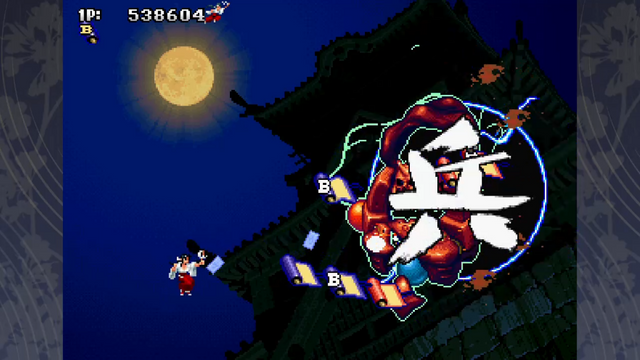
One thing that really sets the Sengoku series apart from Psikyo’s future releases though, is its feudal Japan meets steampunk aesthetics. Which adds a ton of charm, and inspires you to want to keep pushing the limits of your shmupin’ skills to see what crazy enemy designs you’ll be pitted against in later stages. Unfortunately, due to Samurai Aces’ simple scoring system, it was easy to lose interest.
Galaga-tta Catch em All
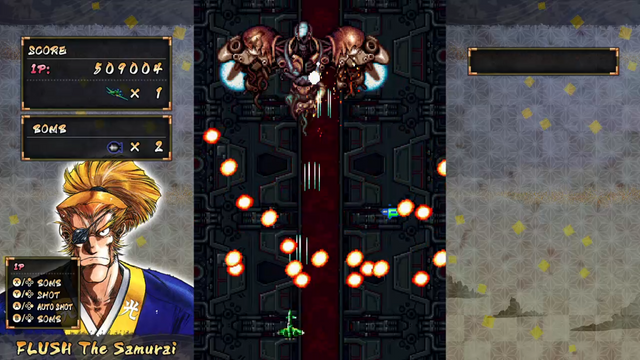
However, that complaint was all but forgotten in its sequel, that’s because Tengai single handedly cranked the series up to eleven with additional mechanics. Which included familiars that’ll power up alongside you, charged attacks and “metal chaining”, similar to what was introduced in Gunbird 2. Add branching stages to the latter half of the game and you’ve got yourself a complete package that adds a ton of replayability to subsequent playthroughs. Especially when combined with the various characters you could select from and their alternate endings.
Honestly though, new gameplay mechanics aside, it was Tengai’s presentation that stole the show. With beautiful and detailed sprite work and amazing backgrounds, I was in awe from the moment I switched in on. In fact, even just the change from its overhead perspective to a side-on horizontal scroller, granted the artists more flexibility when it came to character and stage designs.
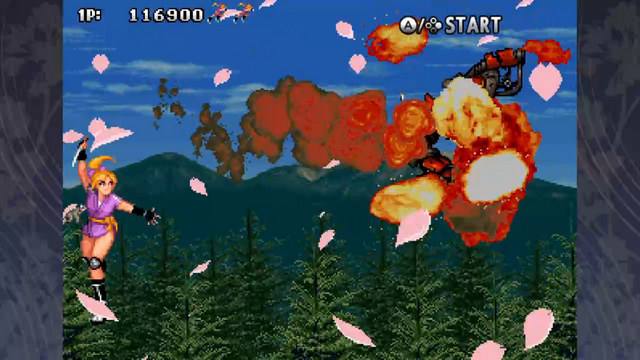
Then there was the third and final entry in the Sengoku series, Sengoku Cannon or Samurai Aces 3. Which lures you in with its amazing character portraits and the hopes of reliving the near perfection of its predecessor. It doesn’t take long for it to shut you down though. Because Samurai Aces 3 basically strips away everything that made Tengai so appealing. Loved the beautiful sprites and environments? Gone and replaced with shotty 3D backgrounds. Enjoyed the branching paths? Bulldozed and rebuilt with long tedious stages. And if you thought the familiar mechanics were interesting and fun, you’ll be disappointed to find out that they were blown to smithereens and replaced by a half baked variable shot system. Which on the surface had potential, but inevitably fell short and made the overall game feel hollow and cheap. And that truly breaks my shmuppin’ heart.
Raiden HIgh
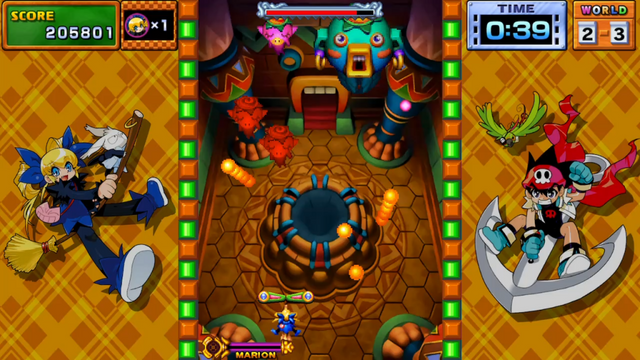
Luckily, all is not lost, because Psikyo had many more stellar games to overshadow the ones that may or may not have tarnished their name and the freaking Sengoku franchise as a whole!!. Enter the Gunbird series!!
Released soon after Samurai Aces in 1994, Gunbird was the second game developed by Psikyo. And like Samurai Aces, Gunbird laid the groundwork for many of the Psikyo shoot em ups to come. Including the addition of gold medals that when collected at just the right time gave you significantly more points! And instead of fighting off steam powered samurai, you’ll be fending off pirates with mechs as a Magical Girl along with a few other anime as heck characters!! It really has a Mega Man legends vibe and I love that! But like Samurai Aces, Gunbird’s potential was stifled by its lack of complexity.
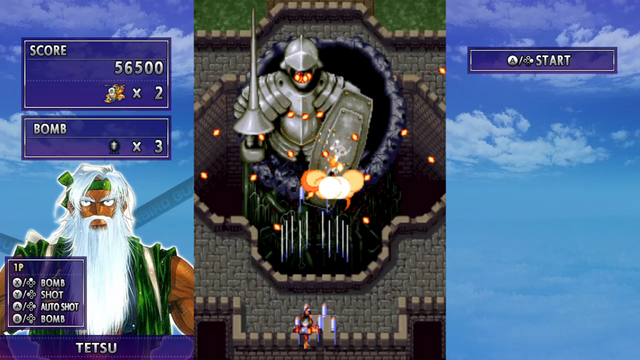
Fortunately, just like the Sengoku series, Gunbird would be followed up by a sequel, Gunbird 2, that improved the game in more ways than one! Though the changes, at least aesthetically, aren’t quite as drastic as what we found in Tengai. For one, Gunbird 2 still maintained its vertically scrolling perspective. But it was nice to see an upgrade to the character portraits and enemy designs that featured more of a pre-rendered style. I also very much enjoyed the upgraded bullet system. Although it leaned more heavily in a bullet-hell direction and the overall gameplay was much more challenging, the bullet patterns were fun and eye catching! Psikyo even played with variable speeds, making you second guess your character’s placement at times!
That being said, the most welcome changes were found in Gunbird 2’s gameplay and scoring mechanics. For one, it was the first Psikyo game to feature the “Metal Chaining” system which was a great way to rack up points. It also included a few features that we would eventually see in Dragon Blaze like the melee attack, charged attack and “tech bonuses” that could be activated by destroying a boss with your melee attack when their core was exposed. However, it was much harder to execute in Gunbird 2 then it was in Dragon Blaze. And finally, the handy “Nice Bomb!” mechanic, which I don’t think made it into any other Psikyo game after Gunbird 2. But, this would trigger when you activated your bomb after an enemy bullet grazes your character without damaging you. Super useful because it would clear all of the bullets on the screen and reward you with bonus points for every bullet cleared. Risky, but that’s what highscore running is all about!
Contra-ry to What You Might Think
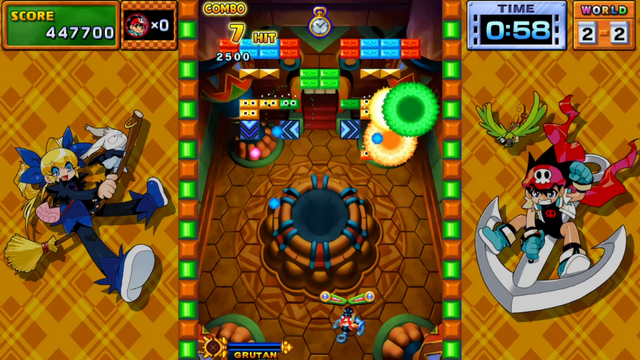
Although I wouldn’t hold the Gunbird series in quite the high regard as I do the Sengoku series, it was still a ton of fun and a refreshing take on the shoot em up genre. It’s really too bad it never received a third entry to be honest. Well, I can’t really say that because we did eventually get a third game, but not in the way that we were hoping for. No, instead we got Gunbarich! Which, if I’m going to be perfectly honest, really isn’t a bad game, but it seems a little out of place on a collection filled with shoot em ups! It was also one of the last games released by Psikyo proper.
With that being said, I do really like breakout style games, and Gunbarich is a decent take on that genre with super cute and colorful graphics! But instead of just controlling a boring platform to bounce the ball off of, you’ll control one of two characters and a set of pinball paddles! It was fun while it lasted, but short of a few power-ups and the occasional boss fight, the game was pretty simplistic and mindless. And certainly not the follow up to Gunbird 2 I was looking for!
Dragon Blaze of Glory
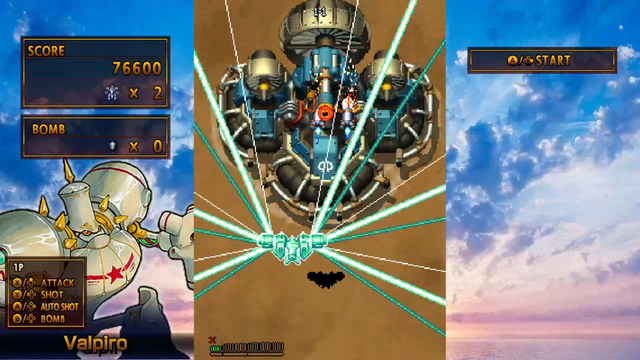
It truly was great to see such a wide range of games created by the esteemed Psikyo across both the Alpha and Bravo collections. Not only did it give me an appreciation for their many masterful works but it also raised them up into the upper echelon of shoot em up developers. And honestly, if you’re a fan of shmups then either collection will bring you hours of entertainment! But, if I was to pick only one as the shooter collection to rule them all, then I wouldn’t even hesitate to say Bravo!
The Sengoku and Gunbird series alone are wonderful additions to the genre, with unique mechanics, fun characters and gameplay to back it all up! And although, Samurai Aces 3 and Gunbarich aren’t quite of the same caliber, they’re entertaining curiosites from a developer long past, and I’m glad I got to try them. So, go check out Psikyo Shooting Stars Alpha if you can, it’s available right now on the Nintendo eShop! You can also find a fancy collectors edition on the NIS website!
Posted from my blog with SteemPress : https://www.backlogodyssey.com/backlog-review-psikyo-shooting-stars-bravo/